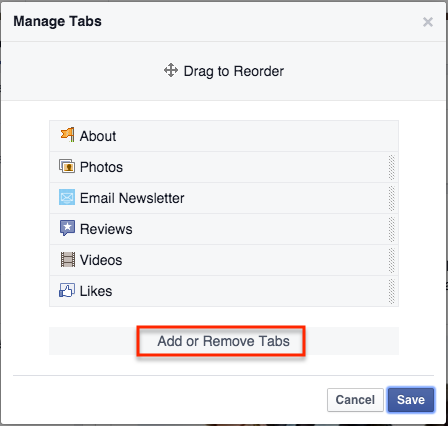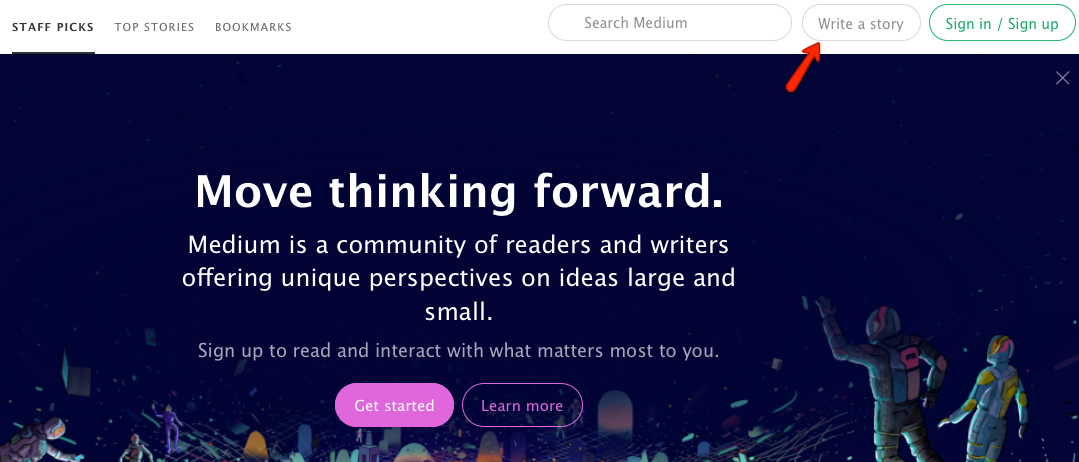Editor’s Note: This article was originally published by Web Marketing Today. Practical Ecommerce acquired Web Marketing Today in 2012. In 2016, we merged the two sites, leaving Practical Ecommerce as the successor.
One marketing trend growing in popularity is the use of social networks to publish long-form content, not unlike what you would see on a blog. That’s particularly true of Facebook and LinkedIn, each of which has developed platforms to facilitate such activity, and there is even talk of Twitter changing its model to accommodate longer content, believe it or not.
In this article, I examine the long-form publishing options that Facebook and LinkedIn provide, as well as that of Medium, another platform gaining in notoriety, not only regarding how they work but also the pros and cons of using them for marketing.
Facebook Notes
Facebook Notes has been around since 2006 but was little more than a plain-text editor used for content that did not fit well within status updates. Facebook updated Notes last year, however, making it more sophisticated, customizable, and simpler to use.
The new features, which work on pages and profiles alike, include:
- A cover image;
- Photo resizing and captioning;
- Text formatting (headers, quotes, bullets, etc.).
To use it, enable Notes so that it appears in the “More” menu on your Facebook page. Follow these steps:
- Click the “More” link. This action opens a drop-down menu.

Click “Manage Tabs.”
- Click “Manage Tabs.” This opens a popup window where you will see a list of your current tabs.

Click “Add or Remove Tabs.”
- Click “Add or Remove Tabs.” Facebook will then redirect you to a page that lists the apps that you’ve added or that you may like. (Facebook uses the terms “apps” and “tabs” interchangeably.) You should see Notes listed under the latter category.

Click the “Add App” button to enable Notes.
- Click the “Add App” Button. This action adds Notes to the list so that you will see it when you click the “More” menu button. From here, you can go to the app, edit its settings, or link to it directly via a permalink, like the one pictured below.

Notes has a permalink, which enables you to access the app directly.
Clicking the link takes you to an index page where you can see Notes that you’ve published or saved as drafts. Create a new Note by clicking the “Add Note” button, located in the upper right-hand corner of the page.

Facebook Notes index page. Click “+Add Note” to create a post.
Once clicked, Facebook presents you with a simple interface consisting of a cover photo placeholder, title field, and body copy field.
The new version of Notes gives you several text-editing options that include:
- Category headers (H1, H2);
- Bulleted lists;
- Numbered lists;
- Blockquotes;
- Monospace (fixed-width) font.
Also, you can highlight a section of text to make it bold, italic, monospace, or to create a hyperlink. When you complete the Note, you have the option to delete it, save it as a draft, or publish.
LinkedIn Pulse
LinkedIn has a long-form content publishing feature called Pulse. Its UI is very similar to that of Facebook Notes but offers more editing options.

The LinkedIn Pulse publishing interface resembles Facebook Notes.
For instance, not only can you add images, make text bold or italic, insert hyperlinks, and so forth, you can also embed videos, presentations, tweets, podcasts, and other rich media. In addition, you can add tags, to make the post easier to find in searches. Users can view, like, comment on, and share the post through LinkedIn, Facebook, and Twitter.
You can access Pulse in one of three ways: through your LinkedIn home page, by inputting the Pulse URL (LinkedIn.com/Pulse), or by clicking “Interests” on the main navigation menu and then selecting “Pulse.” Click the “Publish a Post” link to create a post.
Medium
Medium is something of an enigma so far as marketing is concerned. It’s not a place to promote your business’s products and services but, rather, a community to exchange thoughtful (and thought-provoking) ideas.
According to its website:
“Medium is a different kind of place to read and write on the Internet. A place where the measure of success isn’t views, but viewpoints. Where the quality of the idea matters, not the author’s qualifications. A place where conversation pushes ideas forward and words still matter.”
That begs the question: Is Medium a marketing platform?
Yes, in the sense that it helps establish you as an influencer and thought leader. As such, I would reserve it for articles that represent deep-seated personal philosophies and opinions about topics that genuinely matter to you and that you feel will matter to others in your industry.
When you visit the Medium website, you will see a button at the top of the page that says, “Write a story.” Before engaging with the platform, however, you must first set up an account, which you can do using your Twitter, Facebook, or Google credentials. Alternatively, you can sign up via email.

Click the “Write a story” button to create a post.
Medium’s publishing interface epitomizes simplicity; it only has two fields: “Title” and “Tell your story.” Otherwise, the editing and publishing options are similar to Notes and Pulse.
Pros
From a marketing perspective, there are three reasons to use these platforms:
- Increase network exposure. The greatest benefit of using these sites is the potential they offer to increase reach, particularly within each network’s confines. Since millions of people visit these sites on a daily basis, don’t be surprised to see the number of page views, likes, and comments far exceed what you would typically notice on your blog.
- Build brand awareness; establish expertise. With increased exposure comes the opportunity to build your brand, since you will be putting it out there in front of a much larger audience. A long-form post published to LinkedIn, for instance, becomes part of your professional profile. Thus, it lends credibility to your profile and helps establish your expertise.
- Improve search engine results. While your website is foundational to your online presence, it is not likely to be the first place people find you (a fact that’s particularly true of local businesses). It’s possible, due to their domain authority, that content you publish to these networks will appear above posts from your website or blog. That’s a double-edged sword, to be sure, but if your domain authority is low, it’s a way to garner attention that you may not accrue otherwise.
Cons
One reason not to use these platforms (at least to the exclusion of your own blog or website) is based on the philosophy that it’s better to own than rent — a concept that the content marketing blog Copyblogger called “Digital Sharecropping.”
“[A]nyone can create content on sites like Facebook, but that content effectively belongs to Facebook,” Copyblogger said. “The more content we create for free, the more valuable Facebook becomes. We do the work; they reap the profit.”
Instead, build your digital house on land you own — your blog or website — establishing it as your content headquarters, and then use these sites as “outposts” where you build a case for why consumers should do business with you.


